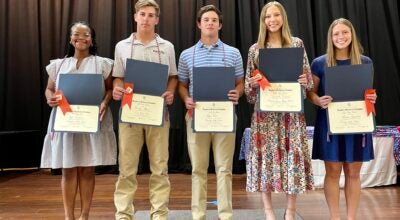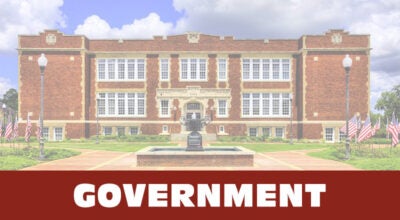What can 10 questions do?
Published 12:00 am Saturday, January 2, 2010
It’s being billed as 10 questions, answerable in 10 minutes “to define who we are as a nation.”
But the 2010 census is more than that.
The data collected through the mail and by workers going door to door will be used by the federal government for allocating more than $400 billion to states and counties for each of the next 10 years.
And it also will determine district lines for government officials at the local, county, state and federal levels.
“It’s important because we need to know how many people live here,” Andalusia Mayor Earl Johnson said. “But most important of all is that it is used when we apply for federal and state grants.”
In 2000, the census showed a significant drop in local population. Whether the population actually declined or was undercounted is unknown and unknowable.
“People need to understand that the census is not government meddling in their lives,” Johnson said.
For months, the mayor has used televised city council meetings as a bully pulpit, encouraging people to participate when the counting begins in March. Nationwide, residents will receive forms in the mail. If they are not completed and returned, census workers will begin going door to door to collect the information in May and June.
Already, city officials know that the Census Bureau plans to open an office locally, and the bureau is using fliers to solicit census workers.
Meanwhile, other leaders also are encouraging participation.
“Participate, please — that’s the best thing I can say about the census,” Commission Chairman Lynn Sasser said. “I know that a lot of folks don’t like the government knowing their business, but we need to let them know we have a large population in Covington County.
“That number determines what kind of grants we can get and what have you,” he said. “Stand up and say, ‘I want to be counted.’
“(Participation) has a long-run impact on the county,” he said. “We need grants to survive and these numbers can make us eligible.”
Sasser said the commission is working with the local census director to “get the word out” to residents.
Education benefits both directly and indirectly from census participation, said Covington County Schools’ interim superintendent Terry Holley.
“Federal funding is based on those numbers,” Holley said. “For education purposes, the demographics that are compiled, such as poverty levels, go a long way in helping (education systems) determine qualifiers for programs such as the child nutrition free-and-reduced lunch program and Title I programs. I would call that a direct benefit.
“Indirectly, education benefits when, for example, the county commission qualifies for a grant to pave a road using those census numbers,” he said. “Now our school buses can travel down a paved road instead of a dirt road, which is a benefit to us.”
Holley said fliers have been distributed throughout the county’s nine schools to make parents and educators aware of the census process and the impact the results can have on the county.
The first census took place in 1790 to determine the number of seats each state would have in the U.S. House of Representatives. The census also was created to gain a better understanding of where people lived and to establish patterns of settlement as the nation grew.



